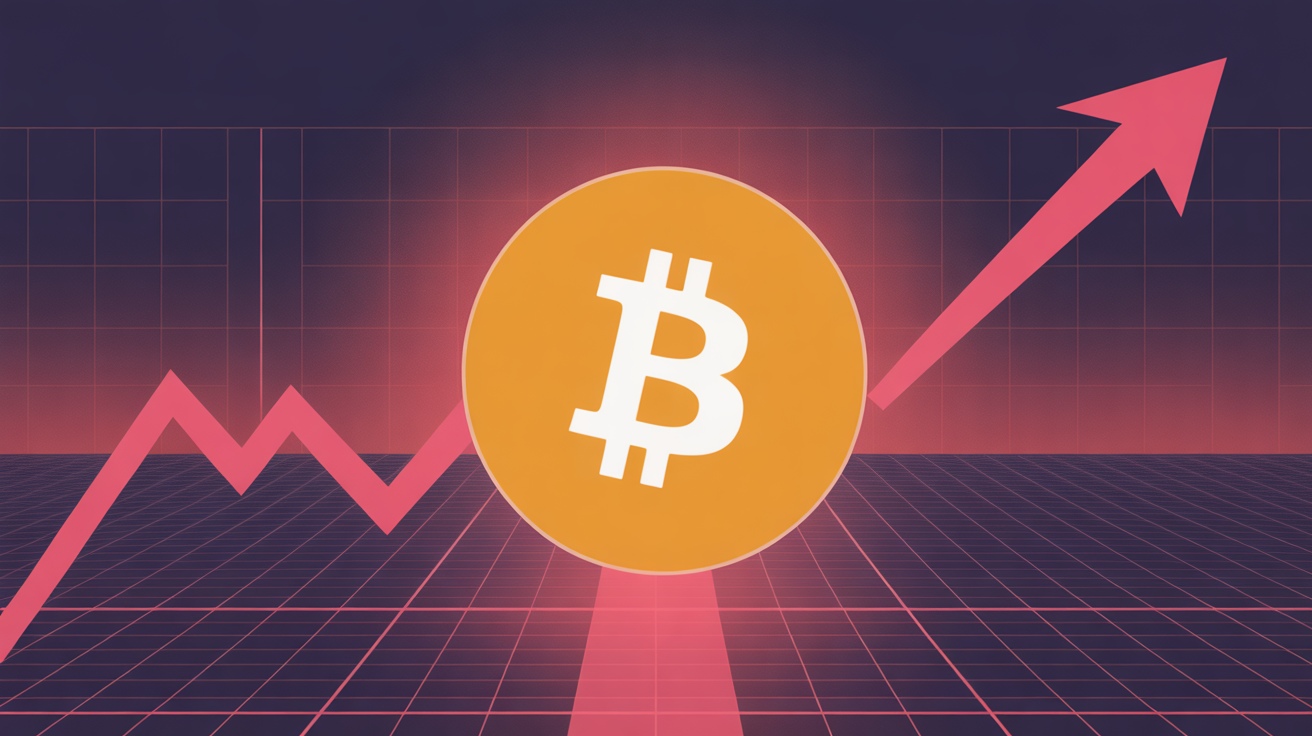Three Factors That Could Challenge Bitcoin’s Push to $120K
Bitcoin (BTC) continues its upward momentum following an inverse head-and-shoulders breakout, paving the way for a potential rally toward $120,000. The token has crossed above the 50-day simple moving average (SMA), while the Guppy Multiple Moving Average (GMMA) hints at a bullish cross—both signals that could attract momentum-driven traders.
However, there are three key factors that could temper Bitcoin’s gains.
1. Approaching Bull Fatigue Zone
BTC is nearing a resistance zone above $115,000. Historical patterns since July show that rallies above this level have met strong selling pressure, as evidenced by long upper wicks on the last two monthly candles. Despite brief surges past $124,000, price retraced below $115,000, highlighting potential hesitation among buyers.
2. Dollar Could Already Reflect Fed Cuts
Futures traders have priced in 70 basis points of Fed rate cuts by year-end and 125 basis points by July 2026, reflecting expectations of easing to support a weakening U.S. labor market. Yet, the dollar index remains relatively stable in the 97–98 range. If the dollar rebounds from its recent levels, it could cap gains for dollar-denominated assets like BTC. Technical indicators, including tight Bollinger Bands, suggest a possible sharp move in either direction, which could affect Bitcoin.
3. Long-Term Bullish Trend in 10-Year Yields
Although falling yields typically encourage risk-taking, long-term charts show a generational bullish shift in 10-year Treasury yields. The alignment of 50-, 100-, and 200-month moving averages indicates limited downside, potentially keeping fixed-income assets attractive and reducing capital flow into riskier assets like Bitcoin. A similar pattern exists for two-year yields, which are more sensitive to interest rate expectations.
Bottom Line
BTC’s bullish momentum is clear, but resistance above $115K, a potentially resilient dollar, and structurally higher long-term yields could all limit its rally toward $120,000. Traders should weigh these factors carefully as the market eyes further gains.





